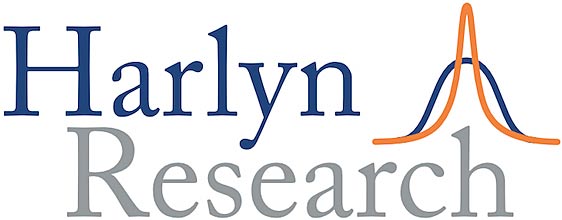Have We Missed Japan
Friday, March 1st, 2024Not if we account for yen deprecation
In our view, Japanese equities cannot outperform on a sustained basis, until Japanese investors start to rebuild exposure to their domestic equity market – something they haven’t for over 25 years. We agree that there have been significant moves to make local companies more investor-friendly, but our models suggest that US equities are still outperforming on a common-currency, risk-adjusted basis. When we run our standard process, but in yen terms, we find that Japanese equities are #2 behind the US. There are some sectors where Japan is preferred, but they are small in comparison to the ones where it isn’t. We like Japan on a tactical basis, but there is nothing to suggest that Japanese investors are about to fundamentally restructure their portfolios.
PURCHASE ALL ACCESS PASS
Already hold an All Access Pass? LOG IN
